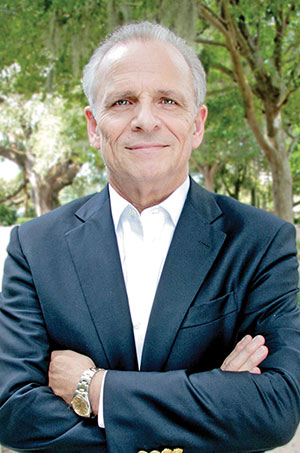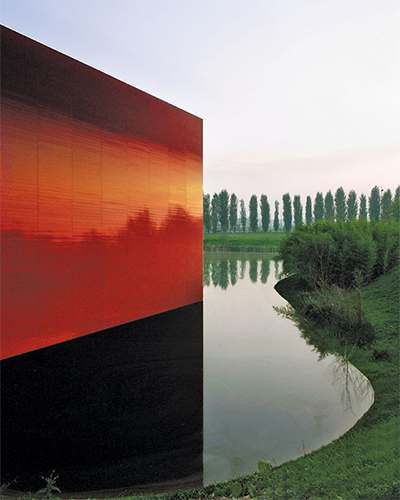conversation with Rick L. Weddle, president of the International Association of Science Parks and Areas of Innovation, and president and CEO of the Metro Orlando Economic Development Commission
ASite Selection: How is the definition of a successful science park evolving?
Rick L. Weddle: Considerable change is under way in the research and science park industry. To be sure, some legacy parks continue to enjoy success with their original business model of large, single-user corporate research and development facilities. However, a good many of these older or mature parks are finding it tough to compete with newer, mixed-use and more urban-oriented development models. Moreover, a newer model is rapidly evolving across the world. This new model is less focused on a single piece of real estate and more focused on the overall innovation ecosystem. These new models are being referred to as “areas of innovation.” Such models will typically include one or more research or science parks, a range of business incubation and co-working facilities, a research university, community colleges and technical training facilities and one or more innovation-oriented economic development organizations. These new areas of innovation are less characterized by real estate and geography and more by the range of innovation resources and the people in an area that combine to create a fully integrated organic knowledge and innovation ecosystem.

SS: Are science parks more effective if their technology companies are part of an industry cluster, like Porto Digital, or is diversification a better strategy?
RLW: Either diversification or a single-sector strategy can work. Importantly, the target sector or sectors must be closely aligned with the research capabilities of a nearby research university. After that, it’s important to develop scale in the target sector and achieve critical mass. Both Porto Digital in Recife, Brazil, with a focus on digital media, and the Central Florida Research Park in Orlando, Florida, with a focus on aviation, aerospace and defense, are great examples of single-sector strategies.
SS: What are the top issues on the minds of IASP leadership this year? How are these driving the association’s agenda?
RLW: IASP continues to provide high-level services to its growing base of members. Additionally, the association is making a major push to further understand these new areas of innovation and the implications they present for both the industry and society in general.

Rick L. Weddle
SS: In your Site Selection contributed article last year, you touched on the emergence of “regional knowledge ecosystems.” Is this notion catching on outside the world of research and science parks? Are communities hosting science parks buying into this concept?
RLW: The concept of regional knowledge ecosystems is beginning to catch on both within science parks and the communities surrounding them. Cities such as Austin, Texas, are recognizing that it’s not a specific geographical footprint but the uniqueness of the assets and the people within a region that make communities.
SS: How can communities with science parks better leverage them for economic development advantage?
RLW: Research and science parks and the areas of innovation in which they are increasingly operating are playing a more important role than ever. Parks continue to contribute to wealth creation for both communities and citizens. They obviously enhance our society by helping to develop and commercialize a wide range of technological innovations. More recently, we are seeing cities turn to research and science parks as a tool for redevelopment, especially in downtowns and areas that are in need of revitalization.
SS: What are some examples of cutting-edge science parks that could serve as models for future development?
RLW: Both 22@Barcelona and Berlin-Adlershof are excellent examples of the evolving new science park model. An example of an effort to build an area of innovation from the ground up can be found in Orlando, Florida, at Lake Nona Medical City.
